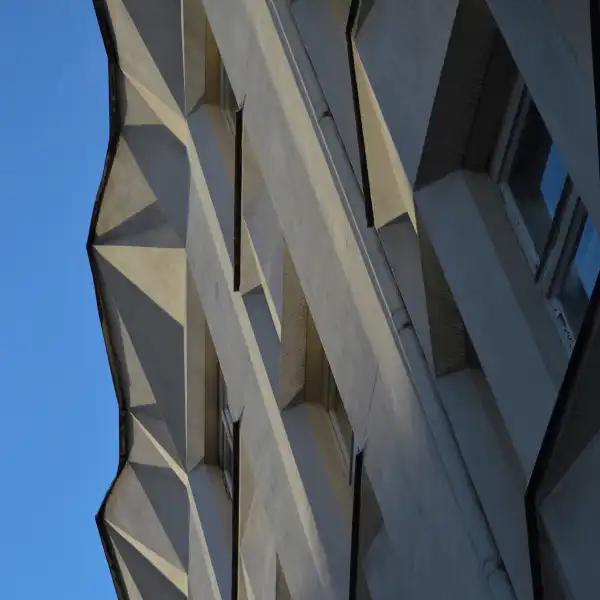Church Route (1930s)
Temples of modern architecture
Above the rooftops of Prague’s buildings rise dozens of breathtaking churches, temples, and cathedrals. They complement the scenery of the ancient city, rightfully nicknamed the “City of a Hundred Spires”. However, some of them may surprise you with their minimalist appearance, austere facades, or iconic white color. The Church Trail will guide you to the churches that were added to Prague’s skyline in the 1930s and belong to architectural modernism. Prominent figures such as Gočár, Janák, and Plečnik were behind their creation, rewriting the history of Czechoslovak architecture in their pursuit of creating a perfect spiritual atmosphere. They await you, so set out on a journey to discover the straight lines of modern churches.

Duration:
30 minut
Number of stops:
4 + 6
Lenght:
2,3 km
MHD start:
Vršovické náměstí
MHD end:
Jiřího z Poděbrad
The Hus Congregation of Vršovice
Architect: Karel Truksa, Pavel Janák
Year of completion: 1930
The Baroque church of St. Nicholas, dating from the late 17th and early 18th centuries, was the only religious building in Vršovice over two hundred. The situation changed with the arrival of the First Republic, which brought not one, but two structures. The younger of the two, the Hus Congregation of Vršovice, was the result of an architectural competition held in 1929. Karel Truksa’s design for the new building of the Czechoslovak Hussite Church impressed the jury with its architectural form and multifunctional use, including a theater hall for nearly 300 spectators.
A striking feature is the massive 26-meter-high tower with a distinct detail of a glassed cube, on which rests a quadrangular chalice and cross. The details on the façade and the color scheme, reminiscent of national colors, are also noteworthy. A hidden curiosity is the pre-stressed reinforced concrete skeleton that supports the ceiling above the prayer hall. Thanks to this innovative technical solution, the church is considered one of the first Prague buildings to use a similar construction method.

St. Wenceslas church in Vršovice
Architect: Josef Gočár
Year of completion: 1930
The design of the Roman Catholic parish church of St. Wenceslas is attributed to the renowned architect Josef Gočár, who cleverly utilized the sloping square to impress the jury of the architectural competition. The building, together with Čech Square, culminates in a semicircular apse adorned with stained glass windows of St. Wenceslas by Josef Kaplický. The altar is illuminated not only by tall colored windows but also by a series of roof strip windows that bathe the apse in light like a theatrical stage.
In contrast, opposite the descending main nave of the church stands a towering prism-like tower, 56 meters high, symbolizing faith and serving as a focal point in the surrounding area. In 2010, a sculpture of St. Wenceslas was added to the tower’s façade, featuring luxfer prisms, which had been originally planned according to Gočár’s sketches from 1929. The statue, based on those designs, was created by academic sculptor Jan Roith.
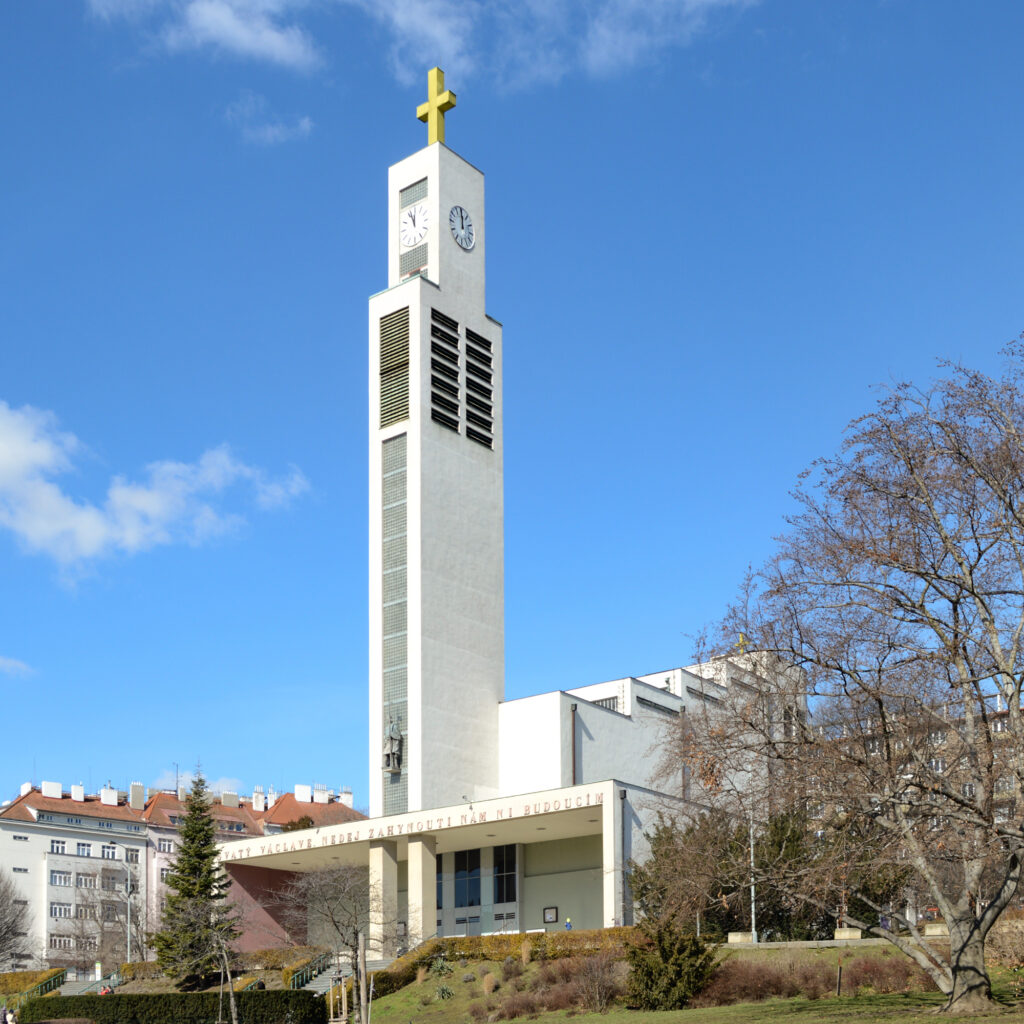
The Hus Congregation of Vinohrady
Architect: Pavel Janák
Year of completion: 1933
The modern concept of the Hus Congregation in Vinohrady is characterized by sharp edges, a white facade, and strip windows that illuminate the altar, giving the impression that the architect borrowed them from an industrial factory hall. Initially, the design only included a six-story bell tower and the prayer hall itself. However, due to the requirements of the State Regulatory Commission, it was supplemented with a six-story residential building that seamlessly connects to the existing buildings on the street.
The result is a stunning constructivist synthesis characterized by crystal-clear purity and simplicity, achieved through the use of reinforced concrete construction. Beneath the main space, there used to be a theater hall, which was later converted into a columbarium shortly before the war. The congregation experienced challenging times in 1945 when a radio studio was established in the building, broadcasting calls for help during the Prague Uprising.

The Church of the Most Sacred Heart of Jesus
Architect: Jože Plečnik
Year of completion: 1932
The Slovenian master Jože Plečnik left his mark in Prague not only as the chief architect of Prague Castle but also as the author of an extraordinary sacred building from 1928 to 1932. Originally, Plečnik’s students from the Prague School of Applied Arts worked on the design of the second church in Vinohrady (after St. Ludmila). However, the jury of the architectural competition eventually decided to approach Plečnik himself.
The exterior of the building is adorned with a cloak of travertine cladding, which, with its blocks of artificial stone and granite, resembles royal ermine. From this cloak rises a massive rectangular tower, turned towards the city center, featuring clock faces that are the largest in the country, with a diameter of 7.6 meters. The interior of the church is a vast open space that combines contrasts – a simply shaped austere envelope made of brickwork, complemented by a coffered ceiling, contrasts with sumptuous decorations, including gold details and sculptures, which have received the utmost attention. The same is true for the new marble altar from Josef Pleskot’s workshop.

Zastávky mimo trasu

The house of Evangelical Church
Architect: Bohumír a Ladislav Kozákovi
Year of completion: 1934
The corner building of the Evangelical Church blends seamlessly with the surrounding functionalist tenement houses, distinguished only by the significantly taller windows of the church hall. The corner itself is accentuated by a slightly elevated prism tower, featuring the emblematic symbol of the church – the chalice. The structure serves multiple functions for the Czech Brethren Church and, in addition to the main hall, also houses a theater hall, columbarium, and two apartments.
The overall design of the main hall is atypical, as it is positioned diagonally with the altar located in the inner corner of the building, complemented by an arched gallery illuminated by perpendicular windows. The walls of the local theater hall are adorned with a mural painting designed by architect David Vávra, creating a metaphorical backdrop for the space.

The Church of St. Agnes of Bohemia in Spořilov
Architect: Nikolaj Pavlovič Paškovskij
Year of completion: 1935
The colony of family houses in Starý Spořilov was named after the Městská spořitelna (City Savings Bank) in Vinohrady, which celebrated its 25th anniversary by founding a housing cooperative. Thanks to this cooperative, one of the oldest garden cities was established, with its crowning jewel being the constructivist-style church, accentuated by a monumental staircase from Roztylské náměstí. The building was designed by Russian architect Nikolaj P. Paškovský, an employee of the design office led by Stanislav Režný.
The interior of the church is minimalist in design and can evoke the atmosphere of a manufacturing hall from the First Republic era. In the basement, there is a small theater hall with concrete ribs and walls made of luxfer prisms. The entire structure is dominated by a triple-arched tower with side pergolas, a clock face, and a protrusion prepared for an unrealized statue of St. Agnes.

The Church of the Evangelical Church of Czech Brethren in Střešovice
Architect: Bohumír Kozák
Year of completion: 1939
The construction of the Evangelical Church, designed by architect Kozák, marked the end of a long search for suitable premises, as the Czech Brethren Church congregation in Prague 6 had not had a worthy sanctuary since its establishment in 1932. The new church, designed in the constructivist style, lightly draws inspiration from early Christian basilicas, as evidenced by interventions in the interior. These include the atypical blue mosaic framing the main nave and the arch in the apse, as well as the wooden beam ceiling adorned with gilded fields.
The most prominent feature in the exterior is the slightly protruding tower with clocks, topped by a luxfer bell tower. At the very top of the tower, a golden chalice shines within a glowing sun. Adjacent to the southern wall of the side nave is the rectory building, which houses the congregation room, office, and the pastor’s residence.

The Church of St. John of Nepomuk in Košíře
Architect: Jaroslav Čermák
Year of completion: 1942
The massive church was initiated by a small group of locals who, due to the lack of sufficient space, formed an association with the goal of building a church in the upper part of their neighborhood. After twelve years of fundraising, construction finally began in 1940 according to the design by architect Jaroslav Čermák. However, by that time, the Wehrmacht units were marching through Prague. Despite the difficulties associated with the occupation, the building was consecrated in 1942.
The result is a single-nave hall with a wooden ceiling supported by a series of white pilasters. Natural light permeates through narrow side windows and a large circular window on the southern side. The play of light culminates in the vault above the presbytery, illuminated by 920 glass lenses. The dominant feature of the entire structure is a 55-meter-high tower topped with a stylized bell tower and an iron cross. According to the original plans, the tower, like the rest of the exterior, was intended to be richly decorated. However, further work was interrupted by fierce battles during the liberation of Prague.

The Church of the Czechoslovak Hussite Church in Smíchov
Architect: E. Sobotka, Stanislav Vachata
Year of completion: 1935
The Hus Congregation in Smíchov was designed by architects Sobotka and Vachata in 1933, and two years later, its construction was realized by the Karlín firm of Václav Nekvasil. Thanks to a simple concrete structure, they were able to complete the construction in just ten months, after which the church was ceremoniously consecrated. The entrance from street level leads through a projecting pergola, and a pair of staircases leads into the prayer hall itself. All the windows in the main hall are grouped symbolically in threes, and the main facade rises steeply on three steps towards three doors and three windows.
On the roof above the main entrance, there is an Orthodox cross with two horizontal beams and one diagonal beam. The dominant feature is a 21-meter-high tower, which offers an extraordinary view of the city from its gallery. The tower is complemented by a clock face and the Husite symbol of the chalice.
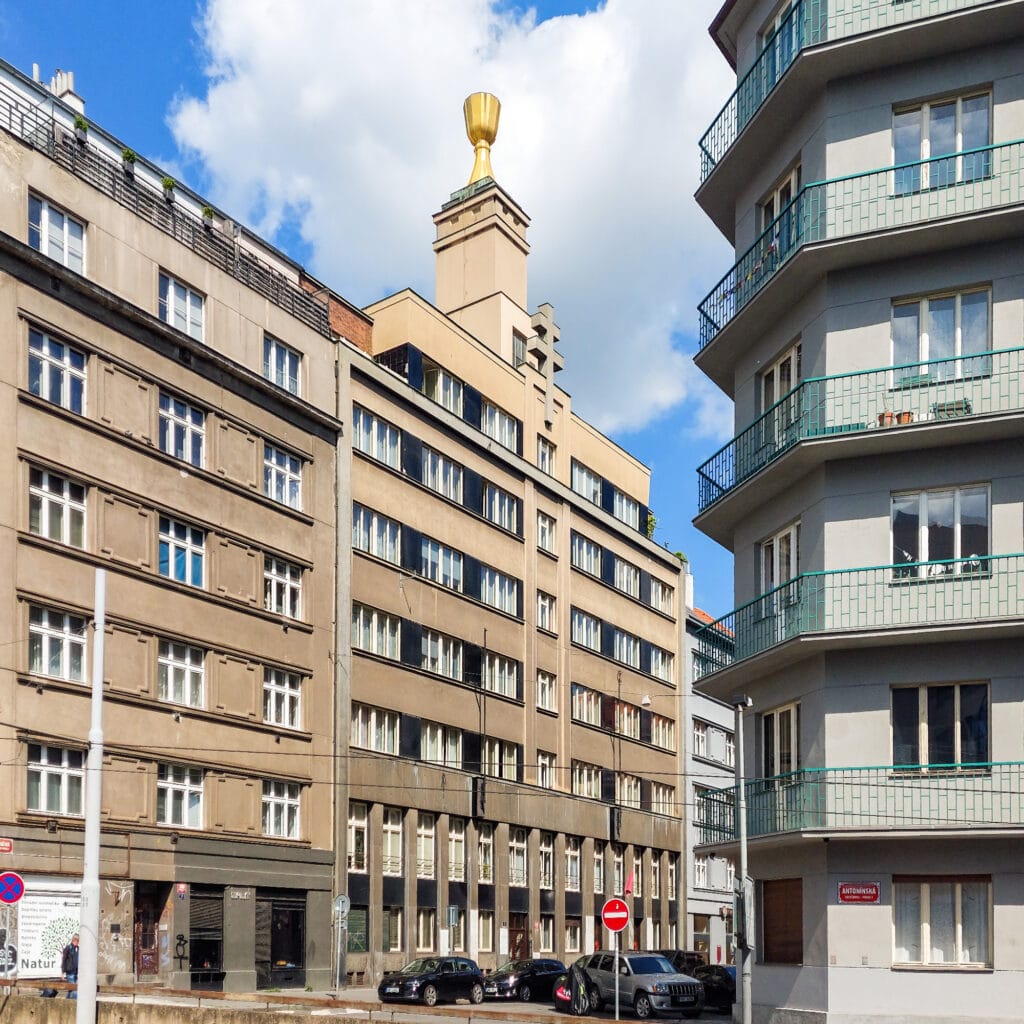
The Church of the Czechoslovak Hussite Church in Holešovice
Architect: František Kubelka
Year of completion: 1937
Architect František Kubelka originally planned a much larger complex on the site of the current Hus Congregation in Holešovice, but due to financial difficulties, the entire project was not realized. However, the resulting building exceeded expectations. The most important space is the church itself, with its interior terminated by a glass-concrete apse that is unparalleled in Prague. The blue backlighting, combined with the marble cladding, can be seen even through the closed doors from the street, demonstrating the power of light in architecture.
Architect Kubelka also created a large underground columbarium, where up to five thousand deceased rest. It is one of the largest columbariums in Europe. The dominant feature of the functionalist facade is a Byzantine cross on the front and a modernist tower with a concrete chalice. During installation, the seven-meter symbol of the Hussite Church was gilded and became a dominant feature not only of the church but also of the entire surrounding area.

Garden route

Feminist route
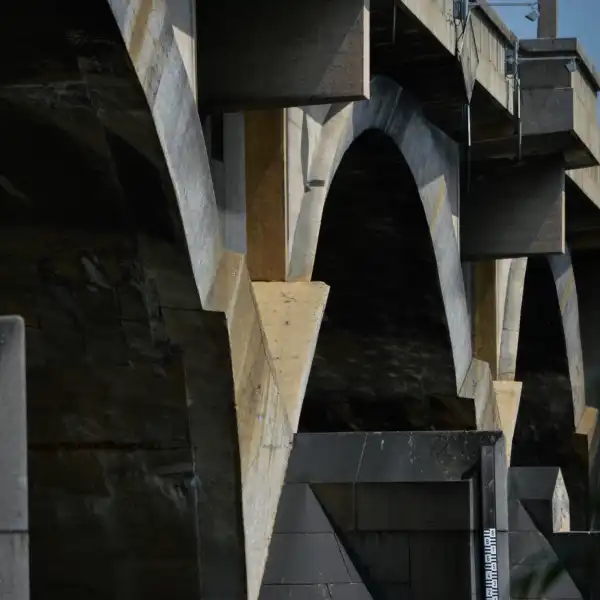
Bridge Route
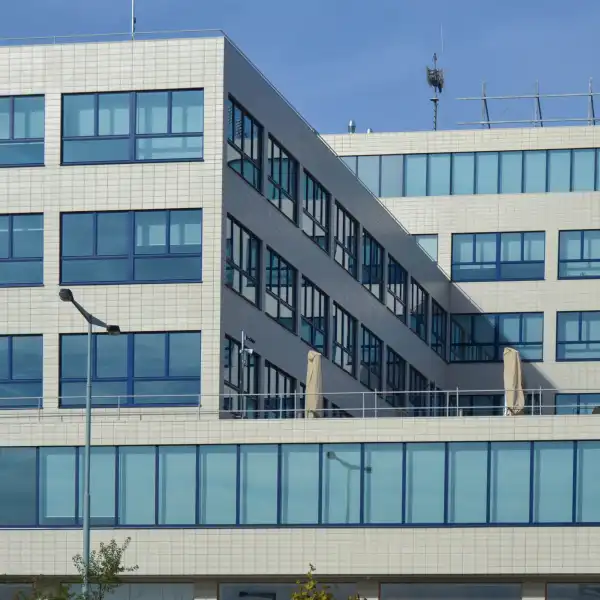
Functionalist Route

Passage Route
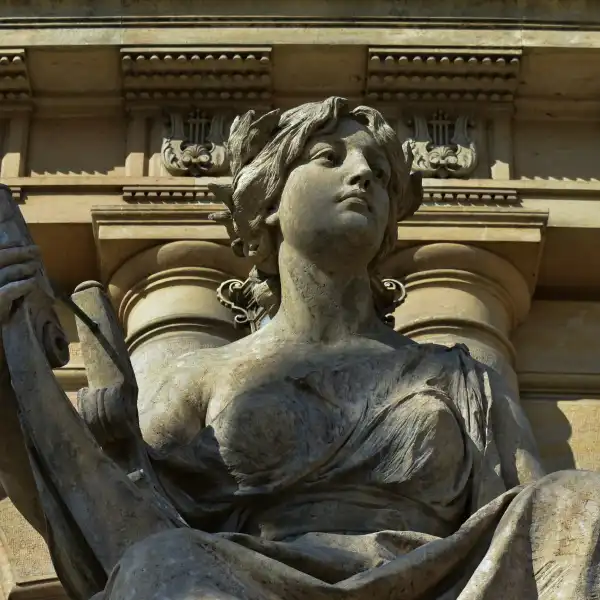
Music Route

Prager’s Route

Inner Courtyard Route

Glass Route

Empty Route

Literary Route

Brutalist route
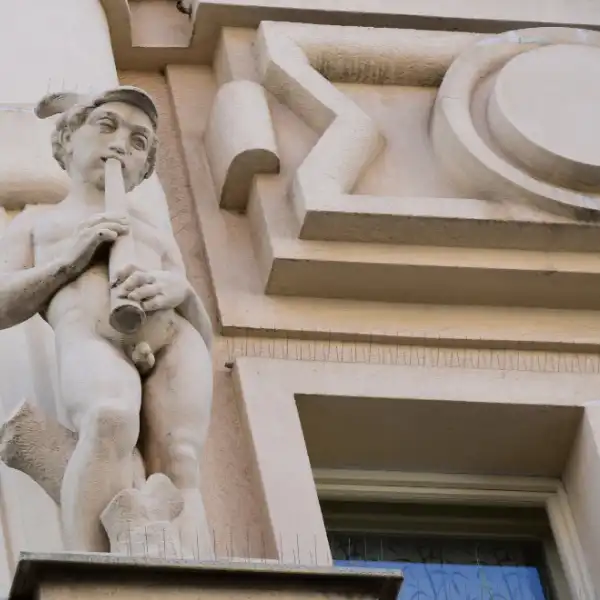
Rondocubist route
